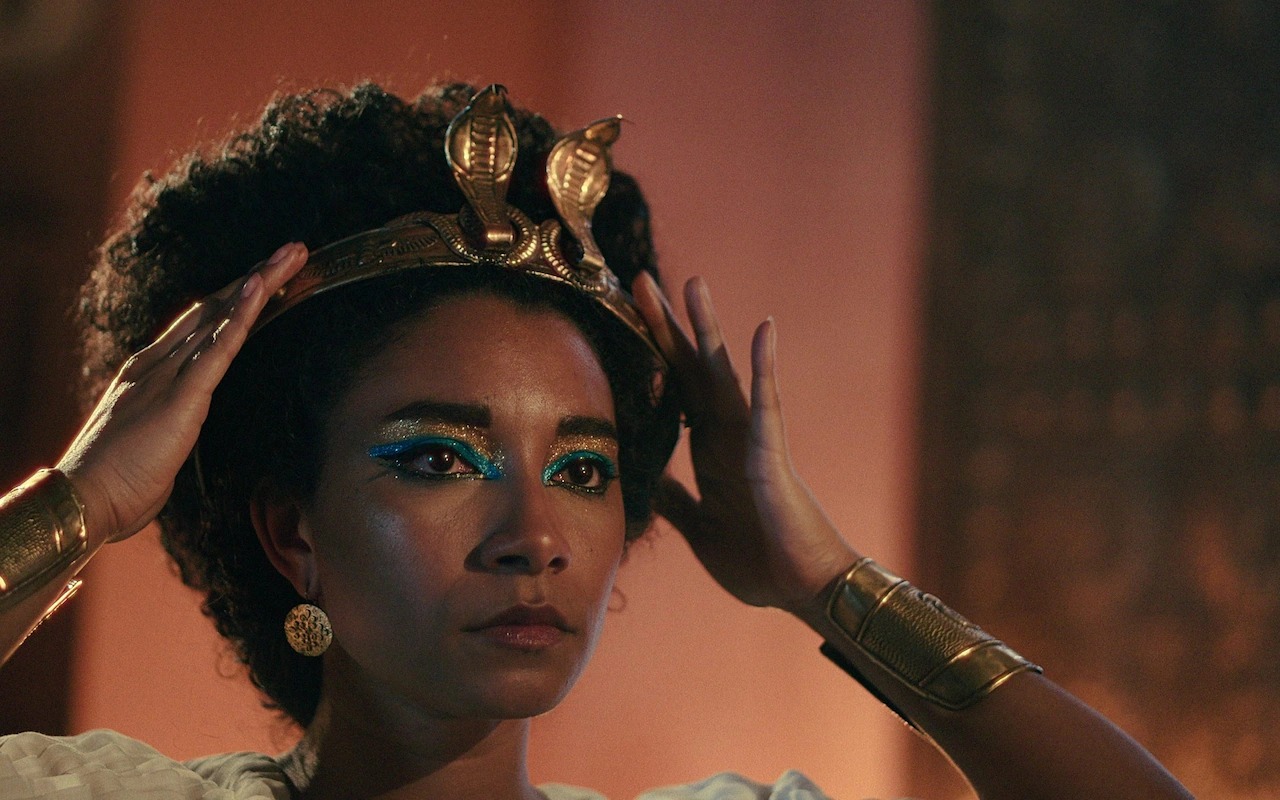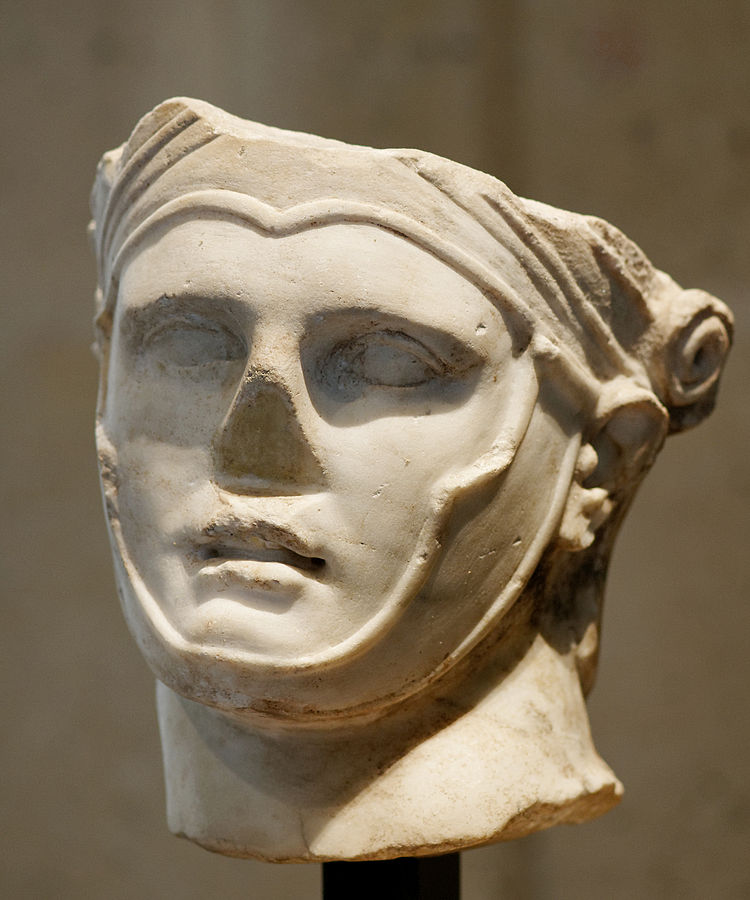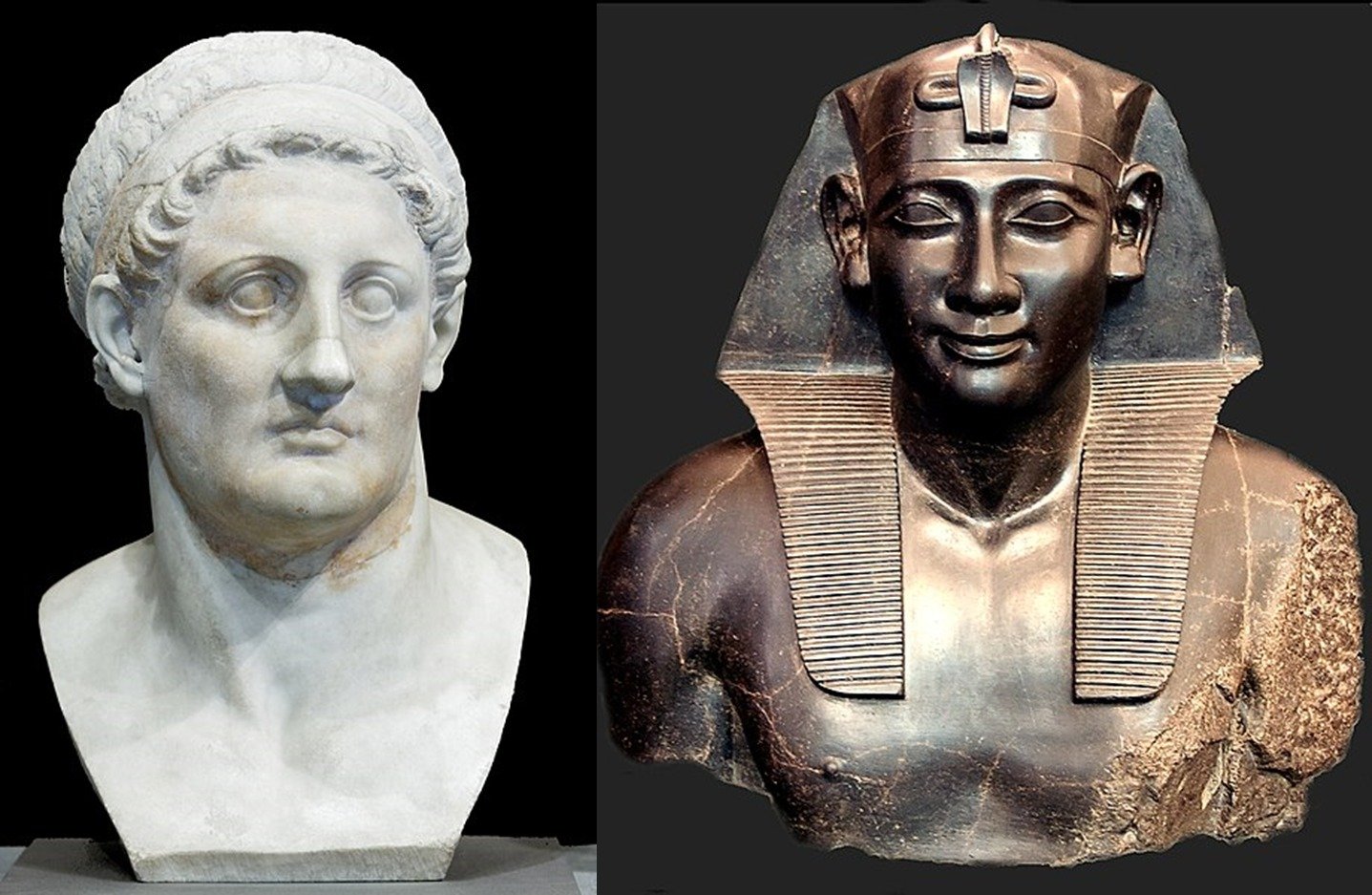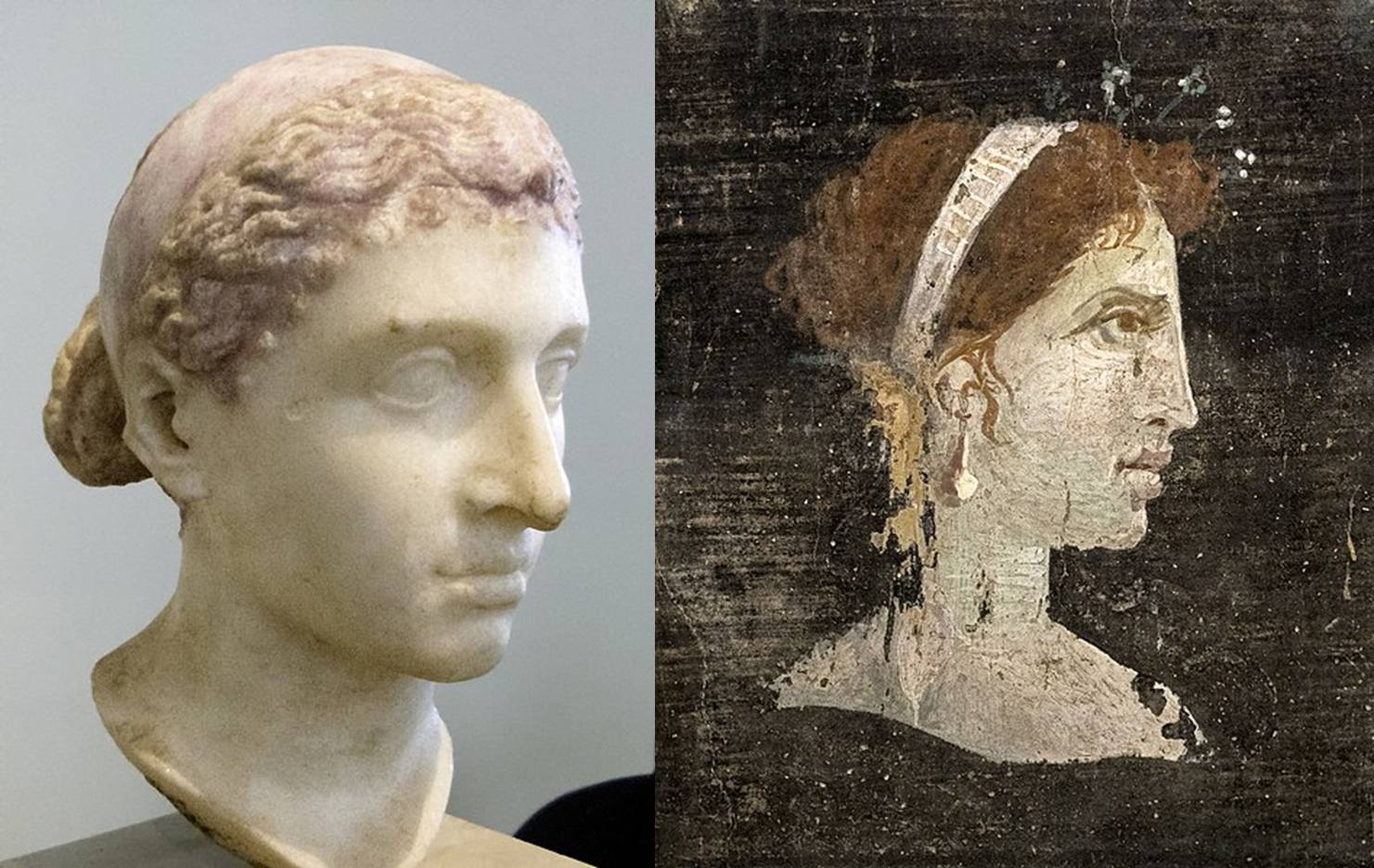
Tina Gharavi, the director of the highly controversial upcoming Netflix docudrama series Queen Cleopatra, has responded to criticism that the casting choices made in the series were deliberate acts of historical revisionism.
The backlash against the series was prompted by the decision to portray the titular Cleopatra VII Philopator as black. Many critics in Egypt, who feel as though their history has been misrepresented, have been especially vocal. Greeks have also been critical, owing to Cleopatra’s lineage as a member of the Greek Macedonian Ptolemaic Dynasty.
However, Gharavi has dismissed criticism that the upcoming documentary series plays fast and loose with the historical facts, and has even disregarded the academic consensus that Cleopatra was Greek.
Director of Netflix’s Queen Cleopatra speaks out
“I remember as a kid seeing Elizabeth Taylor play Cleopatra. I was captivated, but even then, I felt the image was not right. Was her skin really that white? With this new production, could I find the answers about Cleopatra’s heritage and release her from the stranglehold that Hollywood had placed on her image?” Tina Gharavi told Variety.
Thank you @Variety for allowing me to share my story on #QueenCleopatra for #Netflix. While it is blowing up the internet… All I ask is that we slow down and ask "What exactly bothers you so much about a black Cleopatra?" Full length version coming soon.https://t.co/hVQJNZjzNd
— Tina Gharavi (@Gharavi) April 21, 2023
Speaking at length about the rationale behind Netflix’s casting decisions, Gharavi said “Doing the research, I realized what a political act it would be to see Cleopatra portrayed by a Black actress. For me, the idea that people had gotten it so incredibly wrong before — historically, from Theda Bara to Monica Bellucci, and recently, with Angelina Jolie and Gal Gadot in the running to play her — meant we had to get it even more right. The hunt was on to find the right performer to bring Cleopatra into the 21st century.”
“Why shouldn’t Cleopatra be a melanated sister?” the director opined, “And why do some people need Cleopatra to be white? Her proximity to whiteness seems to give her value, and for some Egyptians it seems to really matter.”
Egyptian backlash
Since the trailer for Netflix’s new documentary series about Cleopatra was released last week, it has been subjected to heavy criticism for historical revisionism. In fact, the trailer itself is one of Netflix’s most disliked trailers in the platform’s history.
In Egypt, backlash against the series has been especially fierce. A petition was started demanding that Netflix cancel the series. It reached over 85,000 signatures until it was removed by Change.org.
Egypt’s most famous archaeologist and former minister of culture, Zahi Hawass, was also highly critical of the Netflix’s portrayal of Cleopatra.
“The film that is coming on Netflix is not accurate and gives wrong information on ancient Egypt,” said Hawass. “Cleopatra was Greek and she was similar to the queens and princesses of Macedonia.”
One Egyptian lawyer, Mahmoud al-Semary, has even filed a legal case against Netflix, demanding that “serious legal action” be taken against the streaming platform.
Elsewhere on the African continent, the documentary has also been lambasted. Frank Stephen, the host of A Nigerian Perspective on YouTube said, “You’re trying to celebrate African history by erasing and replacing it with wishful thinking, and as an African I just find this very offensive. See, we don’t need lies to highlight our history, we have countless notable historical figures whose stories you are yet to explore.”
However, Gharvi was dismissive of the backlash from Egyptians. “Perhaps it’s not just that I’ve directed a series that portrays Cleopatra as Black, but that I have asked Egyptians to see themselves as Africans, and they are furious at me for that. I am okay with this,” she said.
“We need to have a conversation with ourselves about our colorism, and the internalized white supremacy that Hollywood has indoctrinated us with,” she added.
Historical confusion
Gharvi spoke at length about her grasp of the history surrounding Cleopatra as a historical figure.
“Cleopatra’s heritage has been attributed at one time or another to the Greeks, the Macedonians and the Persians. The known facts are that her Macedonian Greek family — the Ptolemaic lineage — intermarried with West Asian’s Seleucid dynasty and had been in Egypt for 300 years,” the director claimed.
“Cleopatra was eight generations away from these Ptolemaic ancestors, making the chance of her being white somewhat unlikely. After 300 years, surely, we can safely say Cleopatra was Egyptian. She was no more Greek or Macedonian than Rita Wilson or Jennifer Aniston. Both are one generation from Greece,” Gharvi.
To assess the historical validity of these claims, an understanding of both the Ptolemaic Kingdom and the Seleucid Empire is necessary.
Cleopatra VII Philopator (Greek: Κλεοπάτρα Φιλοπάτωρ), the titular subject of the new Netflix documentary, was a member of the Ptolemaic dynasty who ruled over Egypt. Some of her ancestors married members of the Seleucid dynasty who ruled a vast empire in the Near East.

Both the Ptolemaic Kingdom and the Seleucid Empire were founded by generals who served Alexander the Great, collectively known as the Diadochi (“Successors”). The Diadochi, like Alexander, were from the ancient Greek Kingdom of Macedonia in northern Greece.
The Ptolemaic Kingdom was founded by Ptolemy I Soter and the Seleucid Empire was founded by Seleucus I Nicator.

Both the Ptolemies and the Seleucids retained their Greek character throughout the generations of their rule. In fact, this period of history in the Mediterranean, spanning about three centuries, is referred to as the Hellenistic period, owing to the fact that the most powerful political entities in the region were ruled by Greek royal families.
This is not to say that interesting cultural exchanges did not take place. A myriad of cultures and ethnic groups were ruled by the Ptolemies and Seleucids and interacted with the ruling Greek elites. Indeed, the ruling elite were keen to portray themselves in local art styles as well as in the more familiar Greek styles.
However, this ruling elite maintained a distinctively Greek identity, as evidenced by the continued use of the Greek language, naming conventions, aesthetic sensibilities, military organization etc.
Where Gharvi’s historical argument falters is the claim that Cleopatra was too far removed from her Ptolemaic lineage to have been of Greek descent, and that this in fact made her ethnically Egyptian.
As noted by historian Sheila L. Ager, the Ptolemaic dynasty was incredibly insular and practiced inbreeding and sibling marriage. There is no concrete evidence that the Ptolemies married native Egyptians. When the Ptolemies did marry outside of their own family, there was far greater political utility in seeking a union with powerful foreign ruling families than with members of a conquered population.
The historian William Woodthorpe Tarn has suggested that Ptolemy I may have married a relative of Nectanebo II, the last native pharaoh of ancient Egypt. However, this speculative union did not produce any heirs and the main line of Ptolemaic royal descent was between Ptolemy I and one of his other wives, Berenice I, a Greek noblewoman from Eordaia in northern Greece. Cleopatra VII was therefore not a descendent of the Thirtieth Dynasty of Egypt.

Sometimes the Ptolemies and Seleucids intermarried, often to secure alliances or peace treaties. For example, Cleopatra I Syra was a Seleucid princess who became the queen of Egypt through her marriage to Ptolemy V of Egypt.
The Seleucid rulers mostly married Greeks from other elite families but did sometimes marry royals from elsewhere. For example, Seleucus I Nicator’s wife Apama was a Sogdian noblewoman. The pair were married in Susa in 324 BC during the marriages arranged by Alexander the Great between his Macedonian officers and the elite local families he had absorbed into his empires. However, Seleucus was an outlier as the other Greek generals married other women after Alexander’s death.
By the time Cleopatra VII was born in 70 or 69 BC, the Ptolemaic dynasty remained very much a Greek ruling family. In fact, Plutarch claimed that Cleopatra was the first member of the Ptolemaic dynasty to learn the native Egyptian language, despite them having ruled the country for centuries.
See all the latest news from Greece and the world at Greekreporter.com. Contact our newsroom to report an update or send your story, photos and videos. Follow GR on Google News and subscribe here to our daily email!



